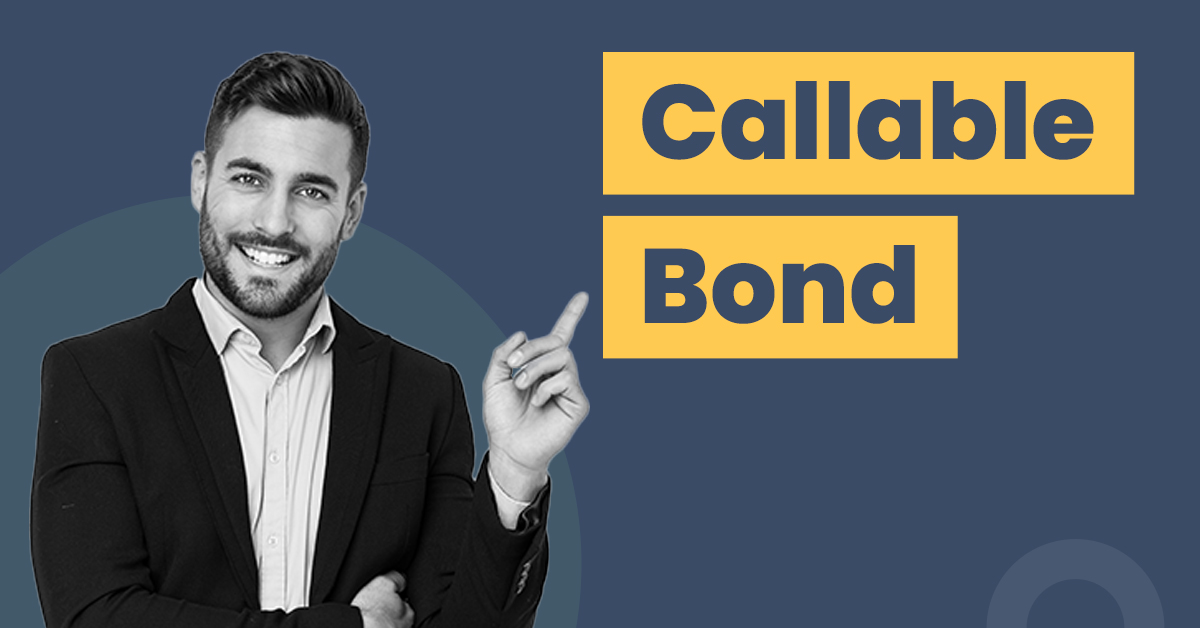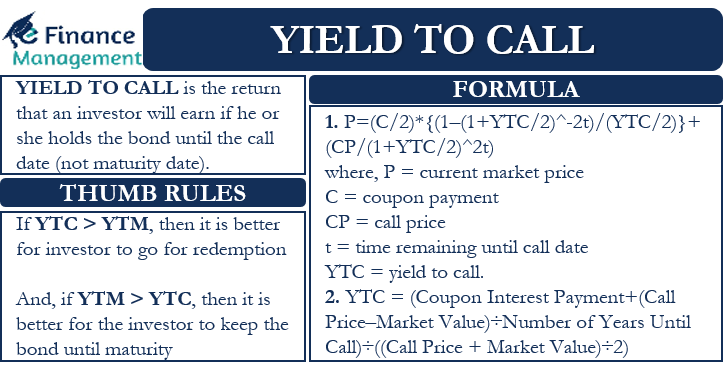Callable Bonds or Redeemable Bonds, Explained

In this example, they would likely have been better off buying Firm A’s standard bond and holding it for 30 years. On the other hand, the investor would be better off with Firm B’s callable bond if rates stayed the same or increased. If interest rates decline and the issuer calls the bond, investors may benefit from capital gains, as the bond’s market value will have increased due to the lower interest rate environment. Economic conditions can influence the likelihood of callable bonds being redeemed.
Understanding Callable Bonds: Definition, Examples, and How They Work

As stated earlier, investors can earn a higher yield with callable bonds because of the callable feature. However, investors need to also be compensated for any added risk due to a lack of a company’s credit quality, which involves the quality of the company issuing the bond. The bond being issued is only as good as the company’s ability to repay the bond. Incorporating callable bonds into a diversified fixed-income portfolio can help manage risk and generate higher income.
What should investors consider when evaluating callable bonds for investment?
That makes callable bonds one of many tools for investors to express their tactical views on financial markets and achieve an optimal asset allocation. This calling leaves the investor exposed to replacing the investment at a rate that will not return the same level of income. Conversely, when market callable bond meaning rates rise, the investor can fall behind when their funds are tied up in a product that pays a lower rate. This higher coupon will increase the overall cost of taking on new projects or expansions. Callable bonds typically pay a higher coupon or interest rate to investors than non-callable bonds.
Are callable bonds a good investment?
Those appealing short-term yields can end up costing investors in the long run. However, since a callable bond can be called away, those future interest payments are uncertain. The more interest rates fall, the less likely those future interest payments become as the likelihood the issuer will call the bond increases.
- Callable bonds introduce an element of uncertainty for investors, as the bond’s cash flow and duration may change if the issuer decides to call the bond early.
- The company might want to increase the loan amount, or if no loan exists, get approved for a new loan.
- Typically, a bondholder expects to receive regular and fixed interest payments on their bonds until the maturity date, at which point the face value of the bond is repaid.
- If they feel it is advantageous for them to retire their current bonds and secure a lower rate by issuing new bonds, they may go ahead and call their bonds.
- At such a time, issuers evaluate their outstanding loans, including bonds, and consider ways to cut costs.
- The company uses the proceeds from the second, lower-rate issue to pay off the earlier callable bond by exercising the call feature.
• Investors receive higher interest rates on callable bonds to compensate for the risk of early redemption. Optional redemption lets an issuer redeem its bonds according to the terms when the bond was issued. Treasury bonds and Treasury notes are non-callable, although there are a few exceptions. A callable—redeemable—bond is typically called at a value that is slightly above the par value of the debt. The earlier in a bond’s life span that it is called, the higher its call value will be.
If current interest rates drop below the interest rate on the bond, the issuer is more likely to call the bonds to refinance them at a lower interest rate, which can be profitable over the long run. Conversely, your bond will appreciate less in value than a standard bond if rates fall and might even be called away. Should this happen, you would have benefited in the short term from a higher interest rate. However, you would then have to reinvest your assets at the lower prevailing rates.
A bondholder expects to receive interest payments on their bond until the maturity date, at which point the face value of the bond is repaid. However, there are some bonds that are callable as outlined in the trust indenture at the time of issuance. Issuers of callable bonds have the right to redeem the bonds prior to their maturity dates, especially during times when interest rates in the markets decrease.
Put another way, the call premium is the difference between the call price of the bond and its stated par value. For noncallable securities or for a bond redeemed early during its call protection period, the call premium is a penalty paid by the issuer to the bondholders. Callable bonds give issuers the option to redeem the bond before it matures. Bond investors lend their money to entities or issuers for a certain period of time and in return investors receive interest on the principal.


No Comments